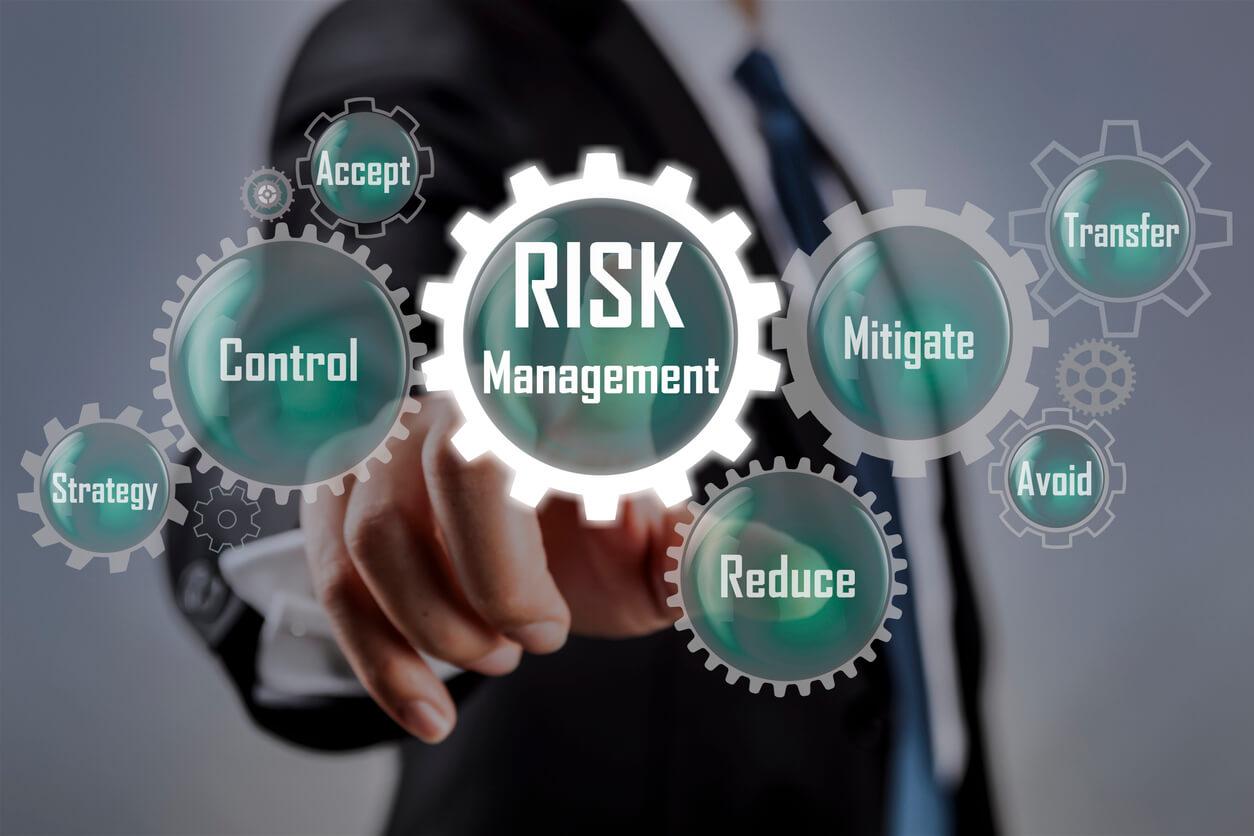Importance of Credit Risk Assessment

With rising consumerism and demand for credit, assessment of credit risk has become increasingly important for lenders as well as borrowers. A proper credit risk assessment helps lenders minimize losses due to defaults and supports borrowers to get access to affordable credit
What is Credit Risk Assessment?
Credit risk assessment refers to the process of evaluating the ability and willingness of a borrower to pay back any debt or loan on time. Lenders use various tools and techniques to analyze historical credit data and make informed decisions about approving or denying loan applications. The goal is to balance risk and reward by determining the likelihood of repayment as well as identifying the appropriate interest rate and terms for the borrower.
A thorough credit risk assessment considers multiple factors that could impact loan repayment such as income stability, existing debt obligations, credit history, collateral value, purpose of loan and overall financial health of the borrower. By gaining insight into these factors, lenders can effectively gauge the level of risk involved in lending to a particular borrower.
Components of Credit Risk Assessment
There are several key components that form the foundation of any robust credit risk assessment process:
Credit Reports and Scores
Credit reports contain detailed personal and financial information compiled from borrower interactions with various creditors over time. Payment history makes up a major part of credit scores, which are numerical representations of creditworthiness. Analyzing credit reports and scores gives lenders a baseline understanding of a borrower's repayment behavior and risk level.
Income Verification
Stable and sufficient income is crucial to determine if a borrower will have the means to repay additional debt. Lenders thoroughly verify income sources through documents like pay stubs, tax returns and bank statements. Unexpected dips or irregularities in income can increase default risk.
Debt-to-Income Ratio
This metric compares total monthly debt payments to gross monthly income. It is a strong indicator of affordability and ability to handle additional debt obligations. Applications with high debt-to-income ratios (>45%) are seen as higher risk.
Collateral Assessment
For secured loans, lenders assess the value, marketability and liquidation potential of collateral being pledged. Higher quality collateral that can cover debts in case of default lowers the credit risk.
Application Information
Demographics, employment details, loan terms, collateral details and loan purpose provided in the application give deeper understanding of a borrower's specific circumstances. Inconsistencies or implausible information increase uncertainty.
Risk-based Pricing and Decisioning
Once the above factors are analyzed, lenders determine suitable interest rates, fees, terms, loan amounts etc. based on the risk levels indicated. High risk applications may be declined or offered higher costs of credit. Approvals come with ongoing review and monitoring as well. Proper decisioning using risk assessment helps keep delinquencies and losses in check.
Challenges in Credit Risk Assessment
While a well-designed risk assessment process brings many benefits, lenders also encounter certain challenges:
Inaccurate or Insufficient Data
Lack of comprehensive credit histories, income/asset documentation or verifiability of applicant details introduce elements of uncertainty in assessments.
Predicting Future Behavior
Assessment is based on past performance but future financial situations or personal circumstances can differ unexpectedly.
Risk of Bias and Errors
Subjective judgments in underwriting can lead to unintended biases or flawed assumptions creeping in. Complete objectivity is difficult to achieve.
Adaptive Borrowers
Some borrowers learn to portray just enough risk indicators to qualify despite concealing weaknesses in their creditworthiness.
Regulatory Compliance
Compliance with fair lending laws designed to prevent discrimination requires balancing of multiple considerations in credit decisioning.
To mitigate such limitations, lenders leverage advanced analytical tools, randomized audits, ongoing reviews, stress testing, scenario modeling and robust policies centered on accuracy, impartiality and transparency. Overall, credit risk assessment forms the core of responsible lending practices.
Emerging Techniques in Credit Risk Assessment
Cutting-edge technologies are progressively enhancing the assessment process:
Alternative Data Sources
Non-traditional metrics from cash flows, rent/bill payments or social media activities supplement credit histories to boost insight into thin-file or new-to-credit applicants.
AI and Machine Learning
Powerful algorithms can discover complex patterns and relationships in large credit data repositories to more precisely quantify different dimensions of risk. Models continually self-update.
Behavioral Analytics
Digital footprints are mined for behavioral and psychological signals that predict responsiveness to incentives, perseverance, conscientiousness and likelihood to repay as agreed.
Advanced Analytics
Tools like credit attribution analysis, application scoring models, portfolio segmentation and scenario modeling deliver deeper risk stratification across different products, channels and markets.
Real-time Monitoring
Continuous feeds of new financial transactions and online activities during the loan term facilitate early detection of impairment indicators and dynamic recalibration of risk levels over time.
While innovation will keep evolving credit risk approaches on an ongoing basis, the core philosophy of thorough risk assessment backed by facts, accuracy, impartiality and responsible lending stays unchanged. Periodic reviews also ensure best practices are followed as industries and economies continuously transition.
In conclusion, prudent credit risk assessment acts as the foundation for a sustainable system of accessible and affordable credit. It incorporates multiple risk factors via different techniques to balance opportunities and protection for all parties involved. Both conventional and emerging methods are leveraged by responsible lenders globally to foster financial inclusion and shared economic growth.
Get more insights on this topic: https://www.newsanalyticspro.com/credit-risk-assessment-evaluating-borrower-risk-for-lenders/
- Art
- Causes
- Crafts
- Dance
- Drinks
- Film
- Fitness
- Food
- Spellen
- Gardening
- Health
- Home
- Literature
- Music
- Networking
- Other
- Party
- Religion
- Shopping
- Sports
- Theater
- Wellness
- IT, Cloud, Software and Technology


